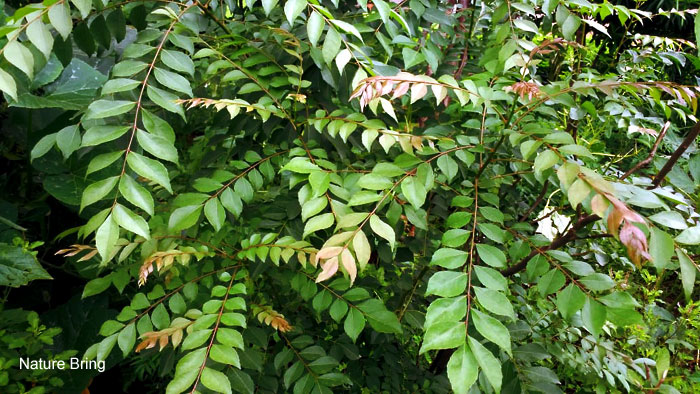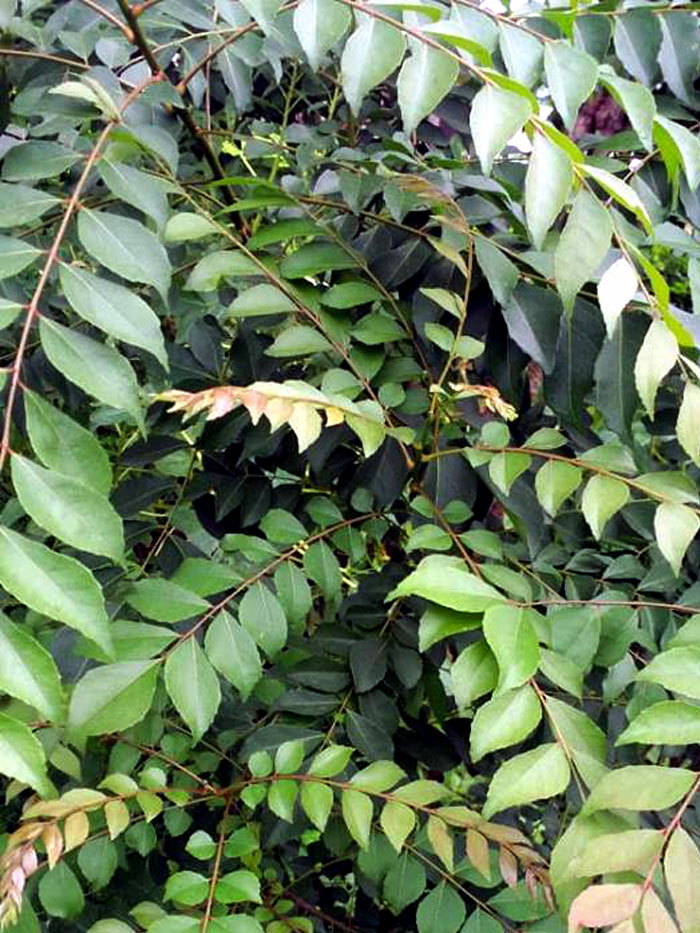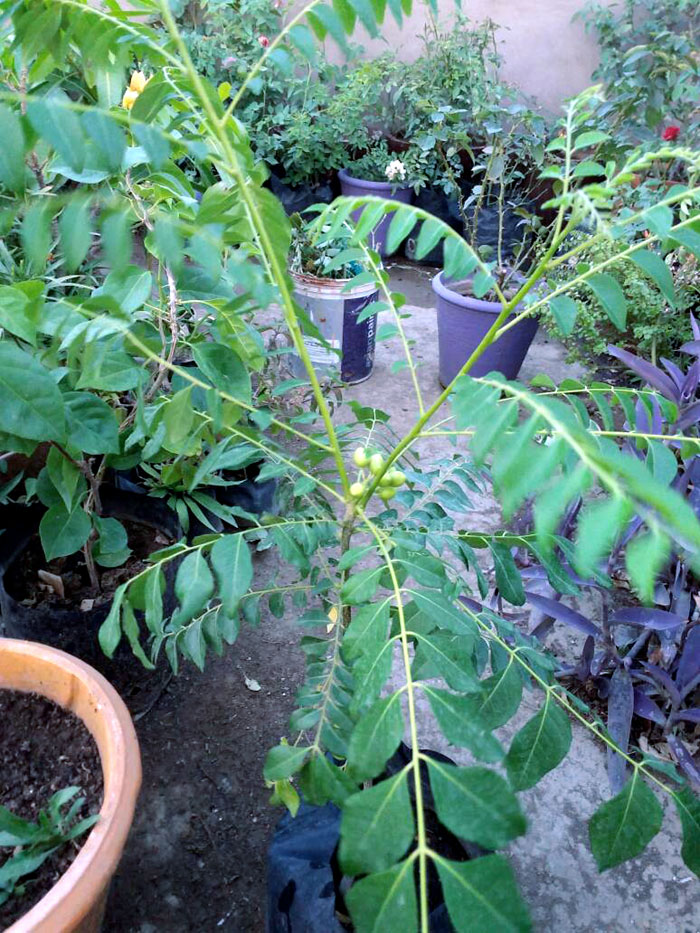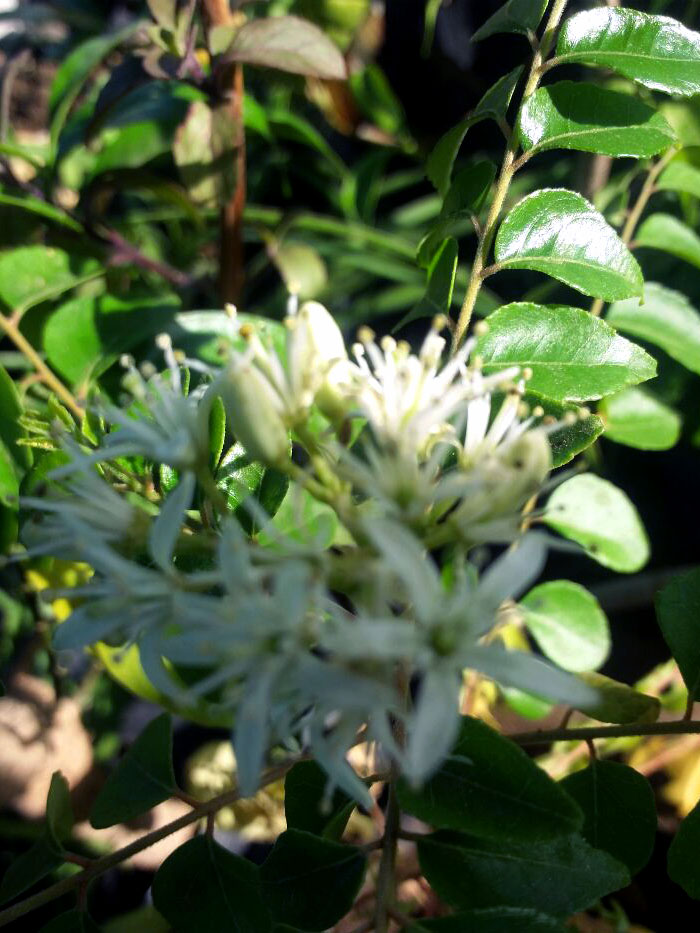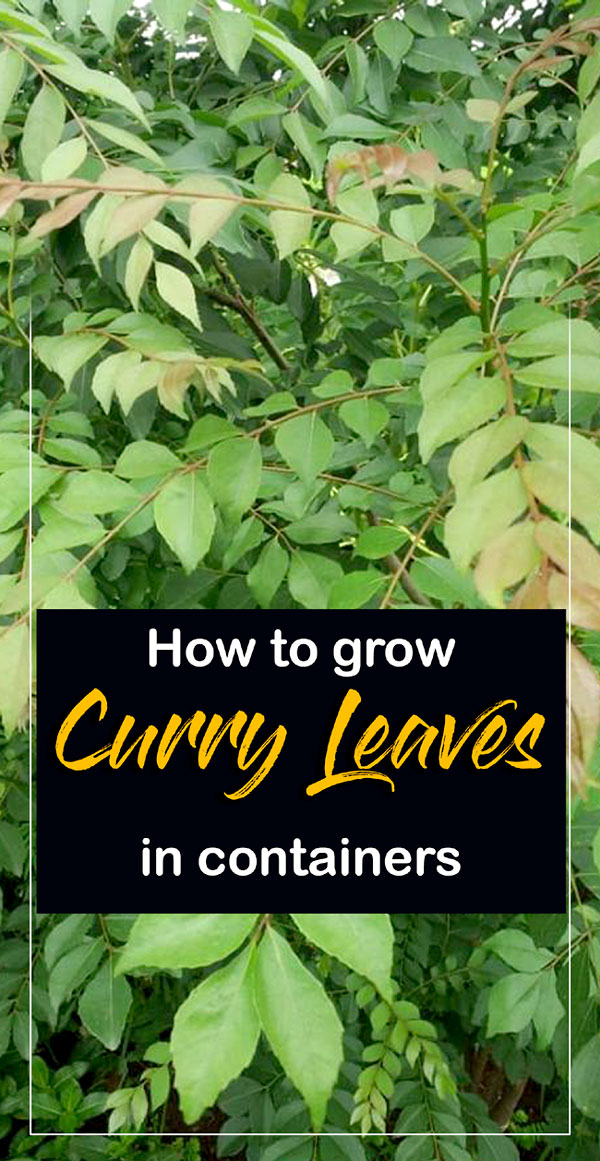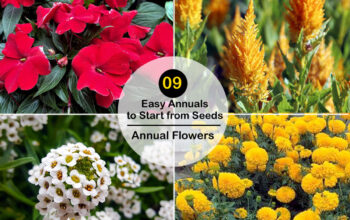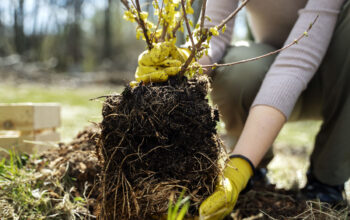Curry leaves
Curry tree for food preparation, known as Kadi Patta in Hindi, is one of the common seasoning ingredients that is added to almost every dish to enhance its taste and to get the maximum flavor, try to add it while seasoning. Learn Growing curry leaves in a container, How to grow Curry leaf plants, Curry leaves care, Varieties Kadi Patta, and more about this plant.
Curry leaf plants (curry tree)
- These plants are native to South Asia, in many places, it is known as sweet neem. Curry leaves are actually used in the form of many spices and herbs, curry leaves are used for the preparation of aromatic foods, and the fruit of the plant is used in the desert in eastern countries.
- Curry leaf plants are a deciduous shrub that can be up to 15 feet long. It is very good in the US Department of Agricultural Plant Hardiness zone 9 to 11. These plants prefer the presence of the full sun, but plants in the container need shelter in the strong sunlight in the afternoon. Its plants grow easily through seeds.
- Curry leaves plants to grow in tropical and sub-tropical areas, its flowers are small, white and fragrant, inside which are fruits like a small, black, berry. Its fruit is edible, but the seed is poisonous and should be removed before use.
Classification
Scientific name Murraya koenigii
Common name Curry leaves, Sweet Neem, Kadi Patta
Plant type Spices
Sun required Full Sun
Flower color White
Soil Well-drained organic-rich soil
Soil PH 5.6- 6.0
Zone 9-11
Other popular names
Murraya, Curry leaves, Kadi Patta, Meethi neem, Sweet neem, Curry plant.
Growing Curry leaf plants
Soil and location
The presence of full sun and afternoon shade is very good for the Curry tree, it is not very typical of an organic-rich and slightly acidic soil that likes to have good drainage. Light frosts and colder winters are suitable for their development.
Temperature
The seeds of Kadi Patta are well sprouted in hot areas. Place the minimum of 20 degrees Celsius (68 degrees Fahrenheit) in the place you develop it.
Propagation
Curry plants can be brought from the nursery to plant, it is easy to develop. You can propagate the plant with root cutting or you can propagate from the suckers raised in the spring. Separate the pulp from the fruit thoroughly and completely black and before sowing them the seeds in a pot containing the growing mixture. Cover the pot after the seed sowing and keep them warm (above 20 degrees Celsius) or keep it in a warm place, seeds will germinate in about two-three weeks.
How to grow curry leaves in a container
- A medium-sized container works better for it, which is at least 10-12 “in diameter, its roots can spread to such a large container.
- Before planting, check the drainage of the surface of the pot, because of waterlogging root will die due to decay.
- Use good compost with sand mix soil for planting. After planting, give the water and keep it in the area of full sunlight, enough sunlight plants are necessary.
- In the container plant, the soil is dry quickly, so in the summer water the plant every other day.
- When the plant gets mature, trim it as needed, it encourages the continuous growth of the plant.
- Regularly use fertilizer to stimulate your curry tree plant, it will keep the plant healthy.
- Transfer to a safe hot place to protect plants from damage in winter. Since the plants become inactive in the winter, so if you wish, you can remove the leaves before going inside the plant.
- Cut the amount of water in the winter. Read more.
Curry leaves care
- Most people like to plant curry leaves in containers, container plant needs regular fertilizer for development, you should feed your curry leaf plant once a month.
- In the curry leaf plant, sometimes problems arise due to iron deficiency. For this, you should use iron sulfate fertilizer.
- During the winter, it leaves yellow, the plant starts losing leaves, which means that your plant has reached an inactive state. You can take you inside the house to save yourself from the winter. During this time you should also cut water, otherwise, there is a danger of root rot.
- To keep the Kadi Patta plant healthy and to encourage new growth, prune in spring in a year.
- If the berries appear on the plant, then remove them. This will encourage the growth of new leaves, and if you leave them on the plant, they will turn into beautiful and fragrant flowers, and your plant will start giving energy to the flowers instead of the leaves. Read more.
Harvesting
the curry tree is very easy to harvest leaves, you can pluck off the leaves and use them as needed, as well as dry the leaves, but the fresh leaves are better. The more leaves you harvest, the development of the plant will be as encouraged.
Problems with Kadi Patta
Kadi Patta is usually not affected by pests or diseases, sometimes curry leaf plants attract mites. To avoid this problem, you can use water so your leaves will get dust. You can also use light detergent or pesticide soap to clean it.
Varieties Kadi Patta
Three varieties of curry trees are found 1. Regular variety, which is the common species and is the highest and often seen everywhere. 2. Dwarf species, it is suitable for containers, although it is relatively less aromatic. 3. Its third variety is called ‘Gamthi’, which is the most fragrant, pungent, and thicker.
Read also: Most popular herb plant Parsley. Easy tips to grow Basil. How to make Chicken masala. How to make Khaman Dhokla recipe. Chicken curry recipe. 10 ways to prevent plant diseases. Herbal plants to prevent Diabetes. 10 ways to prevent plant diseases. Direct sow vegetables in the garden. Herbal plants that prevent Diabetes.
Happy gardening.
Pin it:

